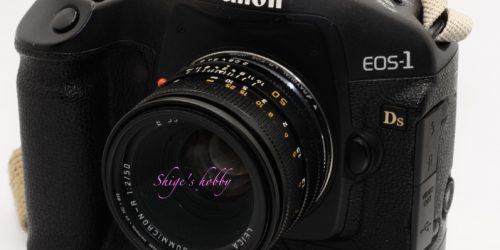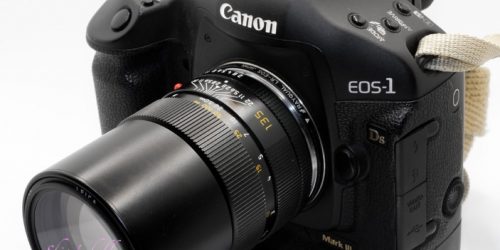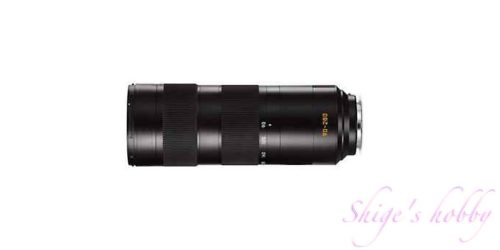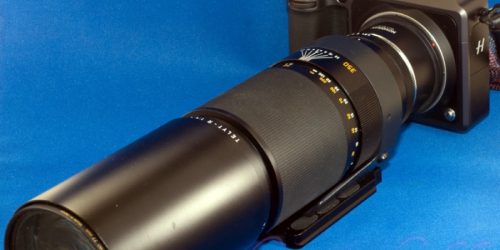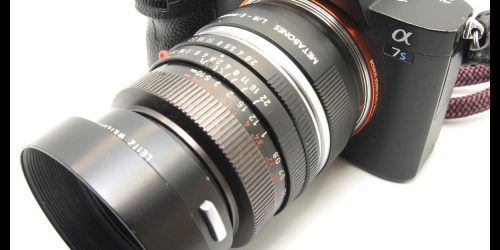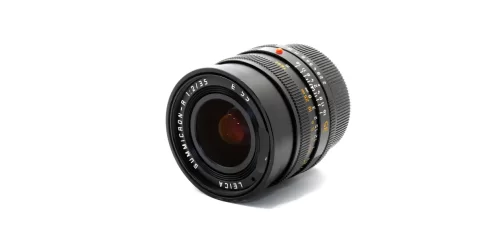LEICA VARIO ELMAR R 35-70mm F4
Review and photo examples of the Vario Elmar 35-70mm F4.
Table of contents
Gallery
- Photo example by LEICA SL typ601
Review
The Leica Vario Elmar 35-70mm F4 is a zoom lens that covers focal lengths from 35mm to 70mm. It can also be said to be a renewed version of the F3.5 version sold in 1982.
The version of this lens with a ROM terminal can control TTL flash with the LEICA R8 and R9. In addition, the LEICA L digital camera series installed via a DMR (Digital Module R) and R adapter L can not only control the flash, but also record information on the lens name, aperture value, and focal length in the EXIF of the photo.
The operating feel is excellent, with the zoom ring at the base and the focus ring at the front end, and the focus ring, which is important for manual focus (hereinafter referred to as MF), located in an easy-to-access position. The lens I owned had both the zoom ring and focus ring with appropriate torque and was comfortable to use.
When you turn the zoom and focus rings, the lens barrel extends forward, but if you attach the included circular screw-in hood, the lens barrel position changes inside the hood, making it look like an internal zoom.
Without the hood, the lens barrel that houses the front lens would protrude, giving it an unsatisfactory appearance, so if you’re buying one without a hood, it’s a good idea to consider whether or not you can tolerate that look before purchasing.
The lens features a macro mode, which allows you to get as close as 0.26m by pressing the macro button and extending the lens barrel.
This lens has a “Made in Japan” stamp, and we often see information that it is manufactured by Kyocera, just like the VARIO ELMAR 80-200, which was released around the same time. I sometimes see statements saying that the design was Leica, but there is no exact source of information. When it comes to camera OEM relationships, there is no point in the seller disclosing this fact, so uncertain information is always scattered around the world.
The previous F3.5 version is thought to be made by Minolta, and Leica’s mainstream zoom lenses are basically made in Japan. This trend has not changed in the 2020s, and many zoom lenses are thought to be made in Japan.
Leica also makes F2.8 class large aperture zooms, but they also release many F4 class zooms for the general market that are made by OEM or outsourced manufacturers. Lenses in this class were inexpensive for Leica, and judging from the number of lenses produced, it can be seen that they accounted for a certain percentage of sales. It is self-evident that selling 10,000 lenses worth 200,000 units will result in higher sales than 400 lenses worth 1 million units, and I think this is a product that gives you a sense of Leica’s strong history.
The following is a complete digression, but it is perfectly reasonable to say that it is foolish to worry about design and manufacturing, and it is only natural to buy and use a camera as long as it has the focal length you need for photography. However, from a personal perspective, it’s something I would pay a certain price for, so I wonder if it’s true that I’m curious about what it’s like. It is impossible for all camera manufacturers to design and manufacture their own lenses completely on their own, and since around the 2000s, some Japanese manufacturers have been actively using OEM to fill out their own lens lines. .
What you should be concerned about is when there is a big difference in price even though the lens is almost the same as the OEM original. If a product is announced at a price that is twice as expensive as the OEM product, buyers will be discouraged from purchasing it. In the case of Leica, it can be three to four times as expensive, so compared to that, Japanese manufacturers may be better off. Selling prices are probably determined by a variety of factors, but I think the most unfortunate pattern is that the price goes down in stores because it doesn’t sell because of that price, then it’s finally sold off, and then the price goes up on the second-hand market after a while because there aren’t many produced.
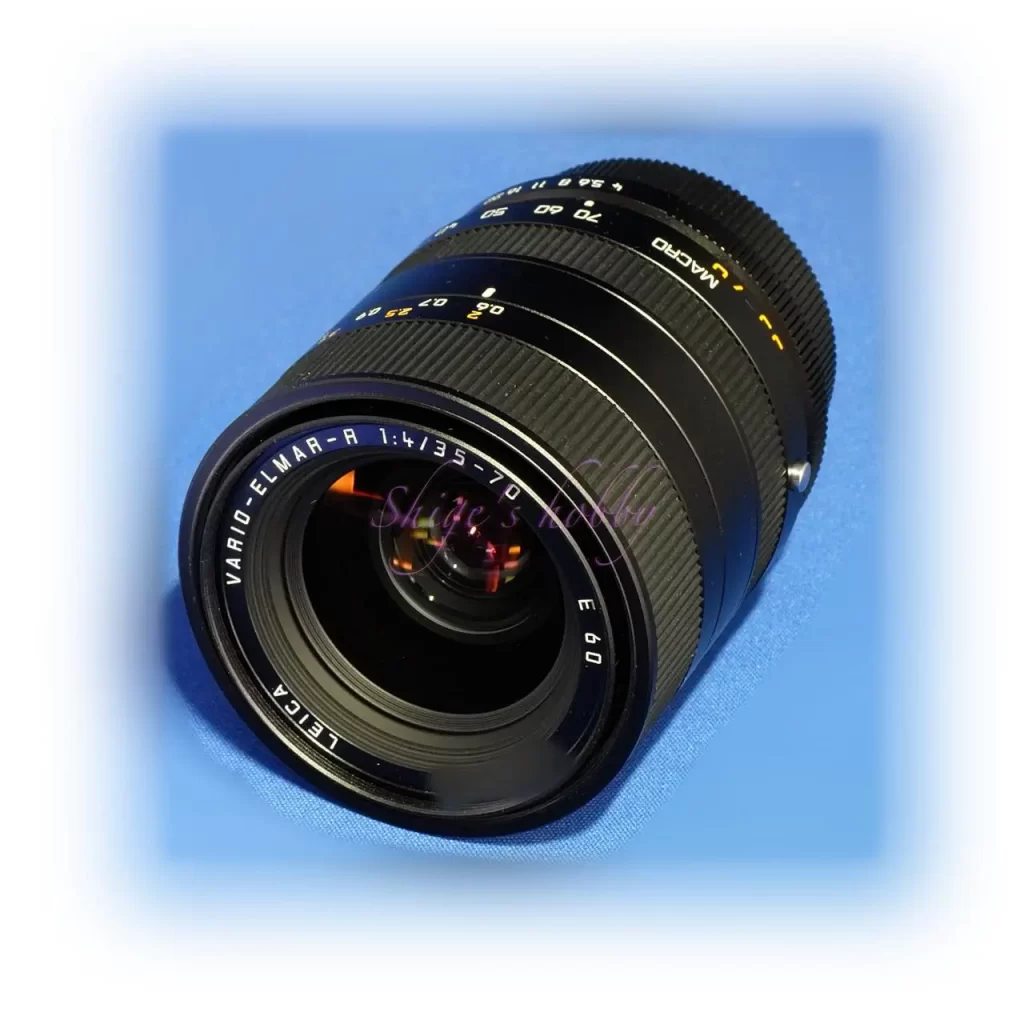
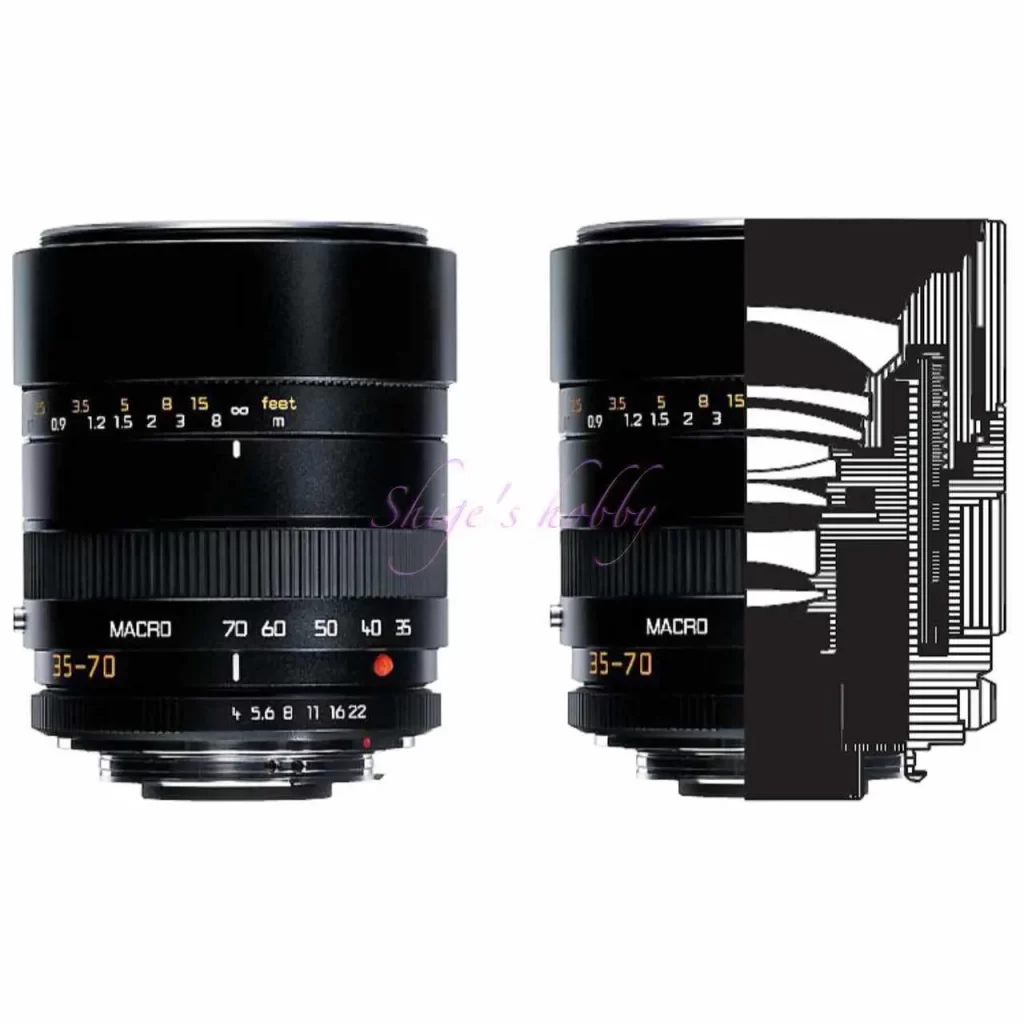
Specification
Comparison of Leica zoom lens specs through almost f/4.
| Lens name | VARIO ELMAR | ← | ← |
| Focal length(mm) | 21-35 | 35-70 | 80-200 |
| Max aperture | 3.5-4 | 4 | ← |
| Min aperture | 22 | ← | ← |
| Leaf blade | 6 | ← | ← |
| Lens Construction | 9elements in 8groups | 8elements in 7groups | 12elements in 8groups |
| Min distance(m) | 0.5 | 0.5 (0.26 macro) | 1.1 |
| Lens length(mm) | 66.3 | 79 | 46 |
| Max diameter(mm) | 75 | 74 | 62.5 |
| Filter Size(mm) | 67 | 60 | 60 |
| Weight(g) | 500 | 505 | 1020 |
| Lens hood | Plastic claw hood 12438 | Screw hood 12437 | Build in hood |
| Production number*1 | 3,400(Up to 2005) | 8,680(Up to 2005) | 14,350(Up to 2005) |
| Release date | 2001- | 1996- | 1995- |
- The lens specification paper (paper/PDF) distributed by Leica from which the image was taken has some errors in description, and some descriptions are mixed up with the SIGMA-OEM VARIO ELMAR 28-70.
Reference links
Update
- 2024.03.26
- 2023.11.14
Affiliate links
- Some external links are advertisements and clicking them may generate income for the site administrator.
